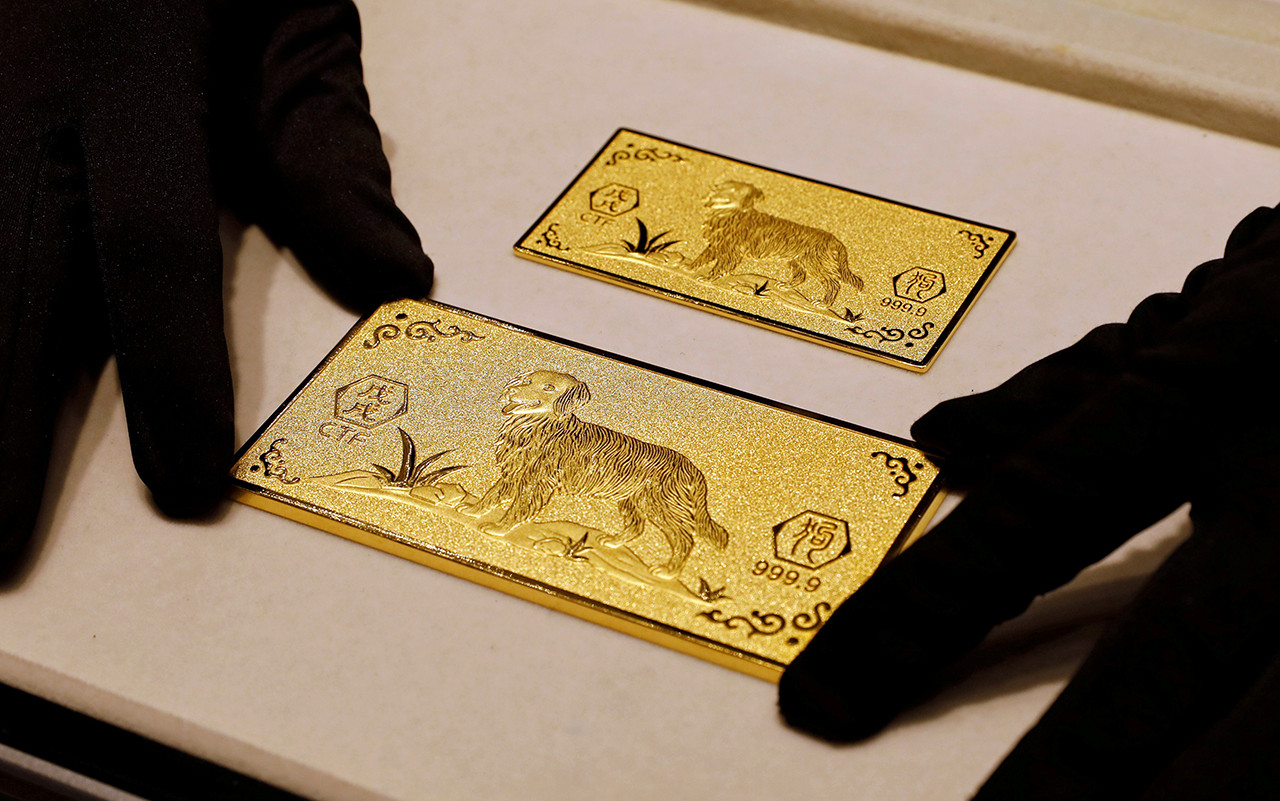Domestic gold price
At the end of the trading session on June 6, the domestic 9999 gold price was listed by SJC and Doji Gold and Gemstone Group in the following order of buying and selling:
SJC Hanoi : 66,400,000 VND/tael - 67,000,000 VND/tael
Doji Hanoi: 66,400,000 VND/tael - 67,000,000 VND/tael
SJC HCMC: 66,400,000 VND/tael - 67,020,000 VND/tael
Doji HCMC: 66,500,000 VND/tael - 67,000,000 VND/tael
International gold price
On the night of June 6 (Vietnam time), the world spot gold price stood at around 1,966 USD/ounce. Gold for August delivery on the Comex New York floor was at 1,983 USD/ounce.
The world gold price on the night of June 6 was about 7.8% higher (142 USD/ounce) than at the beginning of 2023. World gold converted to the bank USD price was 56.6 million VND/tael, including taxes and fees, about 10.4 million VND/tael lower than the domestic gold price as of the end of the afternoon session on June 6.

Gold prices rose immediately after news of the collapse of the Dnipro River dam in Kherson, Ukraine and the declaration of a state of emergency.
On June 6, the International Atomic Energy Agency (IAEA) said its experts were “closely monitoring the situation” and determined that “there is no immediate risk of nuclear safety loss” at the Zaporozhye nuclear power plant after the hydroelectric dam on the nearby Dnipro River was destroyed.
The dam supplies water to much of southeastern Ukraine, including the Zaporozhye nuclear plant.
In October 2022, the Kherson region voted to join Russia, but Ukraine did not recognize it. Russian troops do not control the entire Kherson region.
Currently, investors in the gold market are closely monitoring the fluctuations after the dam burst in Ukraine.
Many falling stock markets also contributed to the flow of money into gold.
Gold Price Forecast
The USD is still on a strong trend due to signals that the US Federal Reserve (Fed) may raise interest rates for the 11th time at its meeting on June 13-14. A stronger USD will put pressure on gold.
However, central banks in some countries may also raise interest rates, thereby slowing the USD's rise.
On June 6, the Reserve Bank of Australia raised interest rates by 25 basis points to 4.1% per year. The bank said it may raise rates several more times to combat inflation.
In China, regulators are asking the country’s biggest banks to lower deposit rates to boost growth. A stronger yuan could slow the dollar.
Source
























![[Photo] National Assembly Chairman Tran Thanh Man visits Vietnamese Heroic Mother Ta Thi Tran](https://vphoto.vietnam.vn/thumb/1200x675/vietnam/resource/IMAGE/2025/7/20/765c0bd057dd44ad83ab89fe0255b783)













































































Comment (0)